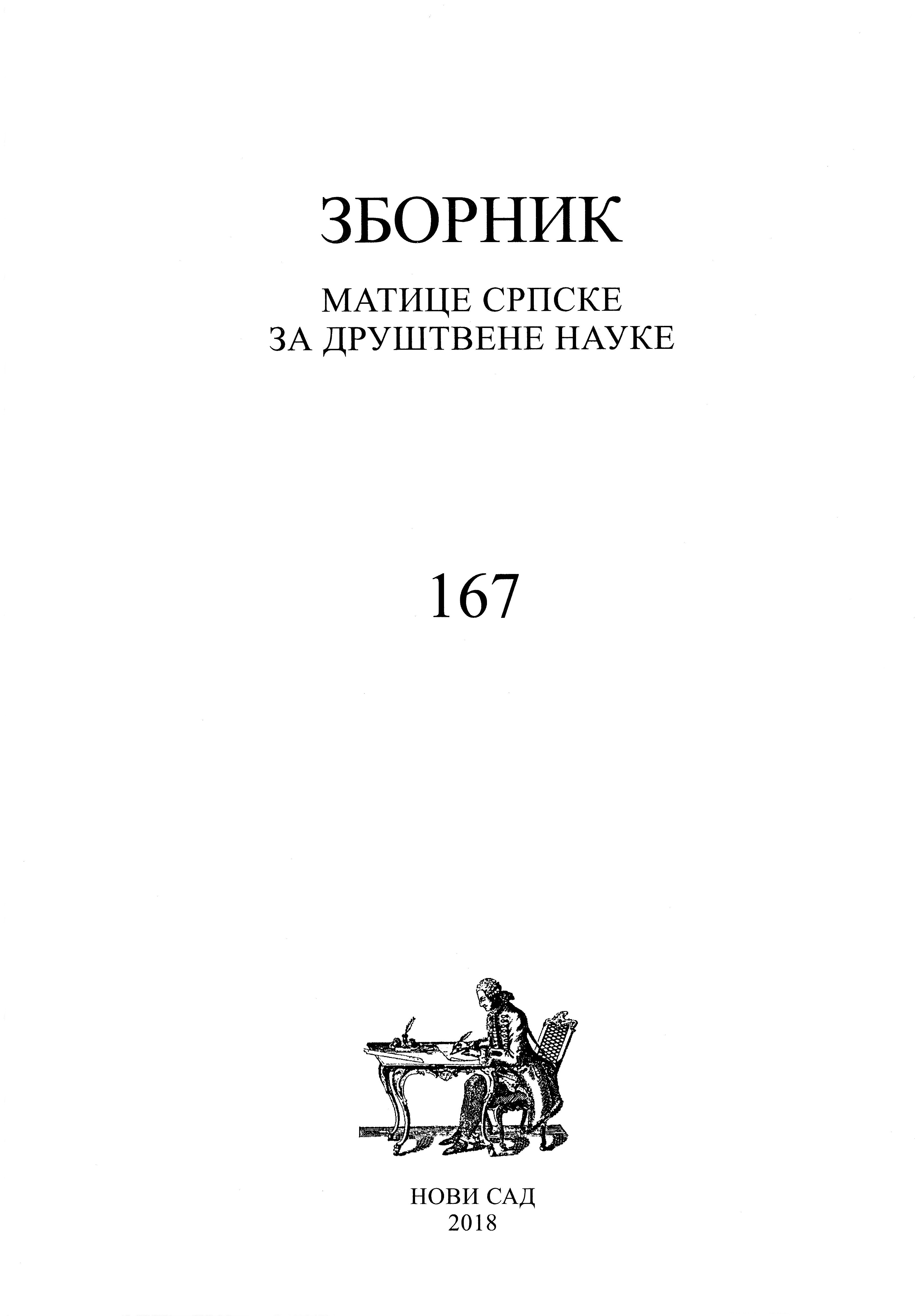Чешка политика према породици
Czech Family Policy
Author(s): Biljana B. StankovićSubject(s): Family and social welfare, Demography and human biology
Published by: Матица српска
Keywords: Czech Republic; pronatalist measures; family policy; fertility
Summary/Abstract: The paper presents the development and transformation of the Czech population policy since the 1950s. It changed from the pronatalist, carried out at a time when the Czech Republic was part of the communist Czechoslovakia, to mostly social in the time of the transition from the 1990s, and the actualization and introduction of new measures in the last decade. The measures that were defined and implemented over a certain period of time represented the state’s response to the family and reproductive behavior of the population, most often reflected in low fertility, largely determined by the current social, economic and cultural conditions. In this sense, the period of the greatest challenges came after 1989, with the transformation of the social and political system and the great economic and social changes that followed, as well as the decline in fertility to an extremely low level. At that time, family policy excluded the pronatalist incentives and benefits and only kept social measures aimed at reducing poverty and alleviating inequalities. Since the early 2000s, new measures have been defined and implemented, motivated by the need to stop and change the declining fertility trend that reached the lowest level (TFR 1.13 in 1999), by looking at the possible negative socio-economic consequences, as well as the recommendations and directives of the European Union, member of which became Czech Republic in 2004. Since 2000, the decline in fertility stopped, TFR reached 1.43 in 2011 and according to data for 2016, it was 1.63 children per woman.
Journal: Зборник Матице српске за друштвене науке
- Issue Year: 2018
- Issue No: 167
- Page Range: 457-466
- Page Count: 12
- Language: Serbian

